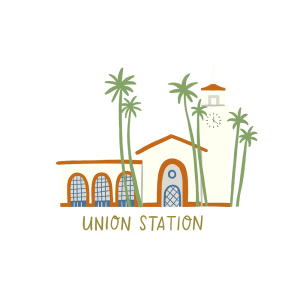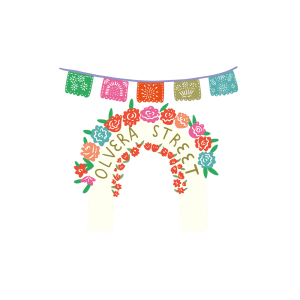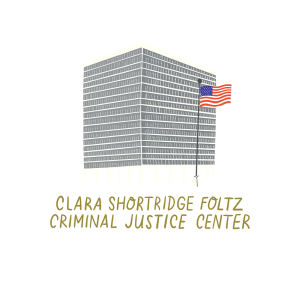Clara Shortridge Foltz was born in 1849 in Indiana, but grew up in Iowa. At the age of 15, she eloped with a farmer who was a Civil War veteran. After moving to California, her husband left her and she gained custody of their five children. Foltz began lecturing to support her family while also studying law at a local law firm. After discovering that she couldn’t take the bar examination in California, she wrote an amendment to the law, which became known as the “Woman Lawyer Bill” and deleted the words “any white male citizen” and substituted “any citizen or person”. This paved the way for her to become the first woman admitted to the California Bar in 1878. Even though she gained entry into the bar, she was denied admission to Hastings College of the Law, the first law school in California. She eventually argued her own case before the California Supreme Court which she won. However, in order to support her family she returned to her law practice instead of attending law school. Foltz became a leader in the women’s voting rights movement, including working on the passage of the 19th Amendment. Her career spanned 56 years, and even included a bid for Governor of California at the age of 81.
The Clara Shortridge Foltz Criminal Justice Center has been the site of many high profile trials, which are held on the 9th Floor, including the O.J. Simpson trial, the Phil Spector murder trial, and the Richard Ramirez murder trial. While you are here, be sure to look for City Hall across the street – designed in part by architect John Parkinson, who also designed Union Station and other buildings in L.A. including the Los Angeles Memorial Coliseum.






